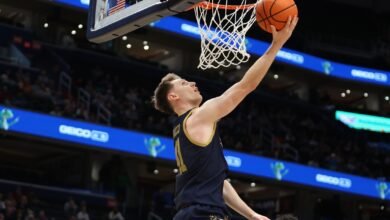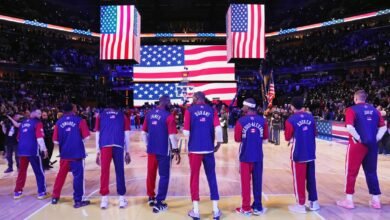
Major League Baseball is on the precipice of a pitching crisis.
Dr. Keith Meister, head team physician for the Texas Rangers and one of the country’s top elbow surgeons, believes that the MLB’s current fixation on pitching performance is shortening pitchers’ careers. In an interview with The Athletic, Meister revealed he world on 230 elbow ligaments last season and is already “way ahead of that pace” this season.
The 62-year-old specialist credited managers’ obsession with velocity and the introduction of the sweeper and power changeup pitches as major causes for the uptick in injury.
“We used to say, you get your one TJ, you’re good. Then it was, you get 10 years out of one. Then it was seven to eight,” Meister told The Athletic. “Now guys break down in three to five, depending upon who they are, the stuff they have, what they throw.”
An anonymous pitching coach corroborated the information, going as far as to say pitchers have to pursue this or face flaming out of the league.
“Analytics says velo is super important,” the one coach told The Athletic. “Pitchers and analysts pursue velo. The pitchers that don’t do this retire. The ones that stay take on some injury risk to avoid working at Costco.”
One club’s analyst told Meister that the average major-league career is now under three years for all players, falling to just under 2.7 for pitchers.
“It’s like NFL running-back numbers,” Meister said. “Cynically from the ownership side of things, they’re never going to have to pay big bucks to any of these players. Forget about them becoming free agents. They’re never even going to become arb-eligible.”
Using Baseball Reference’s annual list of rookie players broken down by year, we can estimate the average length of a pitcher’s career. Rookies who debuted in 2000 — 10 years before The Athletic estimates the league’s focus on velocity began – spent an average of 6.95 years in the pros before retiring. That number is down to 3.19 years among rookies from 2020.
Of the 121 pitchers whose rookie year came in 2020, only 67 are still active. 44.6% of pitchers retiring before their fourth year would be the highest rate among any class since 2000.
Source link


